South Africa - The Drakensberg Mountains
- Mike Timmons
- Aug 26
- 21 min read
8/26/2025 - 8/30/2025
After a great day of birding Suikerbosrand and Johannesburg, I was pretty excited to start the next phase of our trip to South Africa. This part starts with Carmen and I heading to separate parts of the country. She will be staying in the Johannesburg area for a cultural tour. I will be heading down to the Drakensberg Mountains for some one-of-a-kind birding. For this trip, I will be meeting up with Robert from R & R Safaris. My friends Amy and Chris gave them a strong recommendation, and I am glad we found them. I will be spending the next 5 days on the road with Robert as we make a quick run south and then race back north to meet up with Carmen again.
This part of the trip is the whole reason I wanted to do this trip. The Drakensberg Mountains form the eastern edge of the large plateau that dominates central South Africa. They also form the eastern border of the kingdom of Lesotho (pronounced le-su-tu). This area is not only rich with a number of endemics, it is home to one of my most-wanted species of birds - the Lammergeier, also known as the Bearded Vulture. The vulture is an amazing species that feeds on bones. That is right: bones. The bird's digestive system can dissolve bones and feed off of the marrow inside. On the edge of the Drakensberg is Giant's Castle Camp, and they have a blind that can be reserved for viewing and photographing the vulture. I have high hopes to see and photograph this bird.
Day 1 -
I am a bit ahead of myself, though. First, I have to get there. The trip from Johannesburg is not that bad. It is about a 6 hour drive along a highway. We arrived a bit after midday and started birding our way into camp. The area was amazing. Mountains and valleys spreading in every direction. It is scenery like this that makes me question why I live in Indiana.

We have changed habitat, and we are getting a lot of new birds. Southern Anteater-Chat are flitting around in the fields near the road. Cape Rock Thrush are perching on the rocks. A Sentinel Rock Thrush even popped up and sat on top of a nearby telephone pole. Bokamkierie are singing and Yellow Bishop are flying around in small flocks. It was quite a scenic idyll.
While stopped, we noticed a raptor flying overhead. We both looked up and - bingo! We had our first Bearded Vulture of the trip.

I think we saw four just on the drive in. It certainly made me very eager for the next morning. We got into camp and checked into our chalets. The places were really nice and clean. They had a full kitchenette in them and even had a little wood stove for when it was cold. They were situated right up against the mountain side. At night and in the morning, you could hear the baboons call up on the rockface.
We had set dinnertime for just after sunset and spent the rest of the evening roaming down the road and back. We had quite a number of birds. Malachite and Greater Double-collared Sunbirds were very active and singing. Red-necked Spurfowl were out for an evening stroll along the road, as well. Red-winged Starling and White-necked Raven were feeding in the grasses; albeit on quite different things. Cape Grassbird also sang from the grassy fields. Ground Woodpeckers distantly flew from rock-to-rock. Back in camp, we spotted a Gray Mongoose scurrying around between the chalets. Olive Thrush, Speckled Pigeon, Cape Robin-Chat, and Cape Canary fed on the carefully manicured lawns. In the trees, Cape Batis, Olive Woodpecker, Bar-throated Apalis, and Southern Boubou darted about and fed. Scanning through the trees, I noticed a bird fly into a treetop and disappear. All I could see was a long tail. I was going to ask Robert if they had sugarbird here when he called out a Gurney's Sugarbird. This was one of the endemics I hoped to see and photograph when we got to Sani Pass.
Day 2 -
The next morning, could not arrive soon enough. I really had no idea what I was in for. Hours of driving? A long hike? I had packed up plenty of water and some snacks we had bought the day before. The camp had also made us sack lunches. When I asked Robert what the drive in was going to be like, he kind of chuckled. It was going to be about 15 minutes of fairly easy driving and then you parked right behind the blind. He had already loaded up the bones (I feel like "the bones" should be in quotes or something - sounds ominous). The report was that they were quite smelly. I would, thankfully, not be dealing with them. The drive up was short but beautiful. We got in, quickly set out a few bones, and settled in for a long but good day.
As you can see, the blind is settled in a bit above eye-level on a small slope at the edge of a rather large cliff. The idea is that you put out the bones, (Robert was smart and grabbed the tongs from his kitchenette in the room) and the vultures will come in to grab one to feed on. The complications are that the ravens like to show up and feed on them, which results in a number of them being knocked over the edge of the cliff. Jackals will also show up to raid the bones, too. We were not as worried about the ravens, but the jackals can be a bit of an issue. Well, we had it totally backwards. No jackals throughout the day, but the White-necked Ravens spent the entire day there. This proved a bit of an issue, but I will discuss that more in a bit. First though, a bit about what we did have. A bit of a warning, a lot of the following pics feature large, rather bloody, bones. It is all just part of the unique experience of the place.
Aside from the ravens, and there were upwards of 20 of them there at times, we had a fairly consistent mix of birds coming in. Some were there to feed on the bones. Some were there to feed on the insects attracted by the bones. Some appeared to just be there because there were other birds there. The most common was probably the Red-winged Starling. A large subtly attractive black bird with rufous-edged wings. The female is more of a steel-gray. Familiar Chat was fairly common and, as the name implies, not overly shy. Speckled Pigeon paraded and strutted across the grass in front of us. Eventually, Buff-streaked Chat perched up right next to the blind and started singing. We had just seen our first one of the trip on the drive up; so, it was great to get up-close views of this beautiful bird.
While shooting the Buff-streaked Chat, a large bird suddenly came blazing in and scattering everything. It was quickly joined by a second bird. The Jackal Buzzard had arrived. This is an extremely handsome hawk. As beautiful as it is, it is every bit as fierce. While they were there, they owned the area. It was a bit funny to watch them. Even approaching the bones, every final step was a pounce; as if they were seizing live prey.
They stayed for quite a while and moved from bone-to-bone and fed. The ravens would harass them a bit, but even they kept their distance.
The ravens were a near-constant presence.. Even when the ravens disappeared, they were not far away. Often, they were just resting down on the cliffs below us. I was happy to see them. I had not seen one up close since many years ago when I hiked Kilimanjaro. They were frequent visitors to the camps there, and I remember thinking how impressive the bill on the bird was - it is still impressive. The wind picked up a bit through the day, and they spent a lot of time flying and playing in the winds. I saw them pick up things and drop them in the air; swooping down to catch the object and then do it again. The birds were fun and playful, and I should have done a better job of shooting them.
The biggest problem with the ravens was that they were protective of the bones. With the buzzards, they did not have much of an option. The buzzards are large, powerful birds. The vultures - not so much. They are large but not overly powerful. Of the few times that a vulture did approach closely, the ravens were there to harass the bird. At least twice, we had a vulture slowly circle in to land. A raven would swoop in and fly just off the edge of the vulture's wing, which would take the air off the wing and unbalance the bird. The vulture would then have to pull out of the landing attempt and fly back up. It was a bit disheartening. However, we did see a lot of Bearded Vulture.
Quite early in the morning, we had a beautiful full adult fly by quite closely. The Lammergeier is a 7-year bird; meaning it takes 7 years to get to full adult plumage. By adulthood, they have a full white head.

Younger birds will have a mostly black head. Even at a young age, the birds show the "beard" that gives the vulture its name.

If I recall correctly, we had at least 4 in sight at one time. Based on the varying ages of the birds and the number of birds we had in sight at one time, I think we had at least 6 birds. This was far more than I could have hoped for. I was expecting one or two. Most would just fly through the valley. Some would soar quite close, looking at us or checking out the bones. It was exciting and impressive each time.
We did have a few Cape Griffon come by. While this bird is primarily more interested in a carcass than bones, I had expected to have some come in. Unfortunately, they were all fly-bys, as well.
Things eventually slowed down, and the light got pretty bad. I held out way longer than I should have. I was just ever-hopeful that we would get a Lammergeier to land. I would have taken shots regardless of what the light looked like. The day moved on, and I was taking less and less shots. It was getting close to 4, when I finally called it. We needed to get back down and return keys and setup dinner times before the shop closed. A few more shots of the usual suspects and the feeding area, and then we packed up and headed back down.
We tried driving out the main road before sunset to look for birds but did not have much. Back in camp, I passed a little time before dinner tying to get more shots of the garden birds.
The day was such an incredible day and experience. I have long dreamed of seeing a Bearded Vulture. The bird looks incredible and fierce. Behind the King Vulture of Central and South America, it is the most beautiful vulture in the world. I hope to make a return trip here some day to see this bird, again. Once really is not enough.
Day 3 -
Day 3 was an early start. We had a couple hour drive to get to a special location that Robert had scouted out for the trip. We had a few distractions along the way. A Rufous-breasted Sparrowhawk provided a brief distraction as we were driving out. Then, of all things, we spotted an African Fish Eagle perched over a small creek winding through the valley. We finally arrived at Benvie Gardens and immediately heard our target bird for the visit. About the gardens real quick. The gardens are actually a collection of exotic plant species. It was odd to walk around and look at hydrangea, azaleas, and rhododendron. Even more odd was the fact that a garden of exotic species is somehow the best place (i.e. the densest population) of the hard-to-see Orange Ground Thrush in the country. After parking, we had one singing right next to the truck and could hear at least one if not two more singing.
We met up with the the owner of the property. Even though the property was not open yet for the season, he had agreed to let us visit. In a place full of oddities, the owner had one more in store for us. He called the birds in by feeding them bits of shredded cheese, and they loved it. He would toss out a small pinch of cheese, and the birds would hop in to grab some and flit back out to cover. Olive Thrush, Orange Ground Thrush, and even the shy Chorister Robin-Chat all stopped in at various times to grab a few pieces of cheese. I should have done better shooting these birds. I never quite got it right most of the time. I was happy to see them, though.
We spent a little while following the owner around and visiting parts of the park. He was very chatty, and I left Robert to talk to him while I grabbed shots of various birds. I was really hoping for better shots of the Knysna Turaco (pronounced nye-zna). Such an incredible-looking bird. I was happy to find and shoot a pair of White-starred Robin. The Martial Eagle nest was empty, and we did not find the Bush Blackcap that had been singing there. Village Weaver were starting to nest in the bushes next to a pond. A Gray Cuckooshrike bounced through the trees nearby. Sombre Greenbul piped out their call from the trees, and and a Black-backed Puffback showed us how he got his name when he was startled by a tractor passing by. We had had a pair of Forest (Dark-backed) Weaver come through. The Afrikaans name translates as "bush musician", and it does have quite a musical song. We had a quick lunch here and then hit the road.
We got into Underberg in the early afternoon and checked into our guest house, Malachite Manor. It was quite nice.
After lunch at the restaurant, called Charley's, next to the guest house, the big question from Robert was around how I wanted to spend my evening. Two choices: 1) Bird the area around the lodge 2) Chase a European rarity about 45 minutes away. Yeah - chase the rarity!
For a while, a Collared Flycatcher was being seen at a Lesotho border post just outside Underberg. Robert had seen an immature bird previously, but this was a full adult bird. The bigger question was going to be whether or not we could find it when we got there. That turned out to be a moot point. As we were driving, another car came upon us just outside the post. They passed us, and I could see they had binocs. We followed them. They pulled up to a spot where another birder with binocs and a camera was pointing into a tree. It was that easy. The post had a few blooming apple trees, and the blooms were attracting a large number of insects. The bird was well-fed. There were several trees in the area, and the bird was cycling between them. Photos were tough and often pointing up against the sky. At one point, the bird came in low behind some buildings, and I finally managed some good shots.

It was a fun experience. The birders there all introduced themselves, talked about the bird for a bit, and how far they had come to see it. It was hard to say that I had come to South Africa to see the bird and pretty much summed it up with a joke about "Come to South Africa and see our European rarities!" We drove back a bit slower than we had gotten there. I was eager for some Fiscal Shrike shots but they were not overly cooperative.

We got back to the guest house, and also had dinner at Charley's. The restaurant was quite nice. We had talked to the guy that ran the place at lunch, and he was telling us about how they were running a basic menu with nothing too "bougie". Looking over the menu again, I am not sure when sous-vide ribs became "basic", but they were good.
Day 4 -
We are quickly closing in on the end of this trip. Our last full day of birding could have been a whole post all on its own. On this day, I am going to break-in my new passport. We will bird the road up Sani Pass, cross into Lesotho, bird our way along the road, and then head back after a late lunch, crossing back into South Africa once again. So five new stamps in one day. Carmen says it is cheating. I just call it a great day of birding.
We are taking the Sani Pass road up to Lesotho. It is one of the best places in the world for viewing endemic species like Gurney's Sugarbird and Drakensberg Rockjumper. It is a place where you do not see a lot, but the birds are high quality. Of course, I say that, but I think we finished the day with 70+ species. That was way better than I thought. Not that I was disappointed, but we had very high winds a good portion of the day, and it made birding a challenge. We were getting birds in ones and twos, and I am here too early. Additionally, some birds, like the Bush Blackcap, have not returned to their breeding grounds yet.
We met the local guide, Stuart McClean, at the guest house right around sun rise. Stuart has a 4x4 and will be driving us up. Stuart is also amazing. He has to be in his 60s, but he is spry and fit. He was easily marching up and down hill and jumping around on rocks at over 10,000 ft. of altitude. He also has one good eye, but he was spotting things left-and-right. He also apparently guides enough through here that border control no longer stamps his passport.

The pass starts out with a nicely paved road with nice little paved pull-offs. Higher up, the road turns to rock and gets a bit rough. Other than the wind, it was a pleasant day. The road can get quite dangerous though when it is icy.
We slowly birded our way up the pass and then stopped at a pull-off for a quick breakfast. We had a number of good sightings, but photos were hard to come by. Drakensberg Prinia, Cape Robin-Chat, African Stonechat, Brown-backed Honeybird, Rufous-throated Wryneck, Cape Rock Thrush, and Streaky-headed Seedeater were some of the highlights lower down. Just before the pull-off, we had Ground Woodpecker and Gurney's Sugarbird. Nothing was interested in having its photo taken - or even really in being seen. The birds were all remarkably shy. Stuart was a bit shocked by the behavior. Birds would see us and just fly off. The woodpecker and sugarbirds are normally quite cooperative.
Near the border post, we finally had a cooperative pair of Ground Woodpecker. I was so happy to see and photograph this bird. First, I think they look really cool. Second, this was an endemic bird I missed on my Cape Town trip and was hoping to see here. The faint red malar strip on the left-hand bird makes it a male.
We hit the border post and then started the trek up the rocky road. Cape Rock Thrush were perched in the shrubs along the road. Bokmakerie were singing their loud, ringing calls from cover. Jackal Buzzard soared overhead, and Rock Martin buzzed through along the cliff faces. As we crept along, Stuart heard a Drakensberg Rockjumper sing from up above. We pulled up to the area and got out of the truck. The wind had picked up a lot as we drove up. Here, it was quite strong at times. Stuart played for the bird once, but it did not seem interested. As we stood there and watched, the bird and its mate flew down and landed on the road right next to us. They then spent the next 10 - 15 minutes hopping around at our feet and around the truck. They had come down to gather nesting material. At one point, I walked around the truck to look for the male, and it was nearly hopping between Stuart's feet. The male gathered up material, carried it uphill, and then returned for more. The female was a lot more casual about it. She would pick stuff up and then put it back down. I feel I should have done a lot better on photos, but the bird was on the ground and intent on picking out nest material - not posing on rocks. Regardless, it is safe to say that we got good views.
Even with all the action from the rockjumper, I did take a moment to photograph the Drakensberg Prinia that popped up below us.

After the pair of rockjumper both headed back up to the nesting site, we started our drive up the hill. We did not get far. I knew it was important when Stuart grabbed his camera and jumped out of the truck. It was a Layard's Warbler and quite uncommon for the area. Unfortunately, the bird disappeared quickly, and I did not get a look at it. It is a bird I have from my Cape Town trip, but it would have been nice to see again. I did see the very cooperative pair of Drankensberg Crag Lizard, though. I say that, but the truth is that I never would have noticed the female. The male stood out quite well. It was only after Robert mentioned the female and told me where to spot her (not far from the male) that I noticed her. She is quite cryptic.
We finally hit the Lesotho border post and, I started a whole new list for the day. Lesotho is my 28th country; coincidentally, I saw 28 species there. We did not see much new, but it was a good experience.
It was another eye-opening experience in a long list of such experiences that international travel brings. Lesotho is one of the poorest countries in the world. They have little in the way of natural resources; outside of people. There was, apparently, a somewhat thriving denim industry in the nation, and our government has recently hit them with a large tariff. The threat of tariffs have shuttered many factories there, and, in the words of my guide, will cause starvation across the country. We did not get anywhere near the capital on our journey. The area we were in was largely "pasture". Pasture really means overgrazed dirt stubble with some natural grasses and vegetation that sheep do not graze upon. We saw few sheep this time of year, but the summer months see thousands. Housing was stone structures with a sack or burlap bag over the doorway. This is where the herders stay; tending the flocks in exchange for a few sheep to call their own at the end of the season. There is no electricity out here. There is nothing left in the way of trees or brush for fire; instead, dung is collected and dried atop the stone fences surrounding some of the structures. Young men patrolled with packs of dogs that are used to hunt any small prey they find. All large prey has disappeared. It is hard to understand how the people of Lesotho could be begrudged the opportunity to work.
Winter is just receding, and there is still some snow clinging to the cracks and crevices of the plateau. We are atop the Great Escarpment up here, but it is still filled with mountains and valleys. We are also pretty high up. Breathing is a bit difficult at times. We stopped near some old collapsed rock structures and had our first new bird of the trip. Small flocks of Drakensberg Siskin where sheltering inside to get out of the wind. This is another highly endemic bird that is only found in these mountains; so, it was good to get good views.
While looking at them, Stuart said he was going to look for "ice rat". Not the sexiest named animal. Turns out, they are far cuter than the name would suggest. The full name is Sloggett's Vlei Rat - somehow less sexy. Regardless, the cute little rodent looks like a pica or large hamster with a tiny furry tail.
There were a few larks in the area. It is always nice to see Red-capped Lark. It is an attractive bird, and one lark that I can easily identify. I was also happy to see and photograph the Large-billed Lark skulking through the scrub.
We drove on along the highway and made various stops. We had Cape Sparrow and more Ground Woodpecker. We have changed habitat, and the Drakensberg Prinia has been replaced by the Karoo Prinia. I missed the Karoo Scrub-Robin that Robert saw while we were watching Black-headed Canary. Cape Bunting sang from their rocky perches. We found a nice flock of Brimstone Canary perched in some bushes. In the mountains, Cape Griffon and Bearded Vulture soared by. Stuart pointed out a very distant pair of Verreaux's Eagle, but they were just small black shapes to me, and I did not count them. Robert heard a distant Rock Pipit, and then I spotted one on the rocks below us. Not long after, we hit the extent of our travels and stopped for a roadside meal.
The way back out was a bit of clean-up for the day. We had had a few misses. Our first was Sickle-winged Chat. Stuart stopped to check an area, and we found one sheltering in the small scrub; running between the tufts and attempting to stay out of the wind.

The other was Sentinel Rock Thrush. We should have had these birds in large numbers. For some reason, we only had one. The bird was quite shy and hid atop a stone cairn. Every time it would duck its head, I moved forward; stopping when it peaked again. The bird eventually flushed and landed in the open for a few quick shots.
While stopped for the rock thrush, we noticed a pair of Southern Bald Ibis walking in the distance. I finally got some better shots of these birds. They look like colorful little plague doctors, to me.
We passed through the border post and then hit the top of the pass. It is a beautiful sight from up here.

On the way back down, we ran across one last cooperative Ground Woodpecker.
We also made one last effort to find a cooperative sugarbird. We stopped and walked the road where we had seen some that morning. It was quiet, and none were perched in the sugarbushes. We were about to head back to the truck when I looked through the tall grasses lining the road and into a gap in the branches of a sugarbush. Perched in that gap was a Gurney's Sugarbird. I was happy to finally get some good shots of this bird.
It was getting late in the day, but Stuart was not quite done with us yet. We had talked about cranes earlier in the day. Stuart knew where to find some. We drove down out of the pass and headed out into the countryside. As we were driving, Stuart pulled the truck to a stop. Outside the window was a beautiful Long-crested Eagle. It looked at us and then slowly launched itself into the wind.
We hit an area of large rolling hills, pastureland, and farms. In the distance, I could see a large flock of cranes. Blue Cranes! The most beautiful crane in the world. There were also small groups of Gray Crowned-Crane spread about the fields. We spotted a pair of cranes as they took wing and flew to another field. They turned out to be a pair of Wattled Crane. Wattled Crane are not the most beautiful crane (already covered that - Blue), and we did not have close-up looks. They are a vulnerable, uncommon crane though, and I am glad we spotted the pair. Stuart moved the truck up, and I was able to get some fairly distant shots of the Blue Cranes. I do love these birds. What a great end to a great day.
We finished with dinner at Charley's again, and I had a celebratory steak. The South Africans love their sauces, and the waiter wanted to know what sauce I would like with my steak. The answer was "none"; although I did get some of the peri-peri sauce (a local host sauce) to dip my fries in. Robert and I discussed it, and it appears they have sauces for everything. I explained that in the US, sauce on a steak was an insult. The steak there did not need a sauce. The owner stopped by to ask about our food and how the birding was for the day. He remembered us from the day before.
Day 5 -
If you have made it this far, you are almost done. Our last day was mostly a travel day. We had to get all the way back to Johannesburg from Underberg. It was not going to be an overly long day, but it was still going to be a lot of driving. We had one stop to make in the morning. We were out the door early and headed to Marutswa Forest. The place has fallen into disrepair over the years, and it is apparently not the safest place to leave things unattended. We were told we would be fine as long as we stayed within sight of the vehicle. So, why go here? Cape Parrot. The forest is one of the best places to see what remains of the population of this vulnerable, endemic species. We were told to pull in, drive back to an overlook where you could see a large dead tree, and wait. The parrots like to land in that tree. No sooner had we pulled in than a pair of parrots flew in and landed in the tree. That was easy. The pair flew out and then more flew in a bit later. The lighting was terrible, and my processing was terrible (and terribly inconsistent), as well.
We birded the forest a little. We had not hit any true forested areas (Benvie, kinda) on our trip. Our time was just too limited. I finally saw a Black-headed Oriole here and also picked up a Yellow-throated Woodland-Warbler that I had missed at Benvie. Southern Red-fronted Tinkerbird made a quick appearance. Black Saw-wing sliced through the air above us. Of all things, a pair of Black-winged Lapwings flew overhead; calling loudly and attracting Robert's attention. Swee Waxbill fed in the tall grasses. As were were leaving, we found a few African Firefinch feeding in a recently burned area. A Knysna Turaco flew through along with a Black-headed Oriole, and I started pishing out the window; hoping to call something back in. Cape Batis and array of other small birds were bouncing around. I was trying to grab shots of the batis while continually pishing. Suddenly, a large raptor came breaking through the canopy of the trees - hurtling right at us. It quickly put on the brakes and hauled out of there. It was an adult Black Sparrowhawk busting into the excitement looking for an easy meal. We surprised it as much as it surprised us. Our final bird of the morning was a pair of Crowned Hornbill pecking at their reflections in the window of a building.
It was a nice morning. We finished with grabbing road drinks from a convenience store and hitting the road. Stoney Ginger Beer for me (I am an addict for it) and coffee for Robert. It took about 7 hours to get back from where we were. Not terrible, but I was not the one driving. We got back plenty early in the day, and I got into the room a few hours before Carmen got back. She had a great but exhausting time - and so many things to tell me about. Then it was a time for dinner and repacking. The next phase of the trip starts with a trip to the airport in the morning. We are heading to Kruger!
Thanks for reading,
Mike

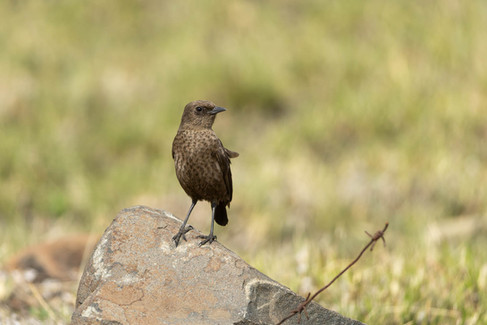

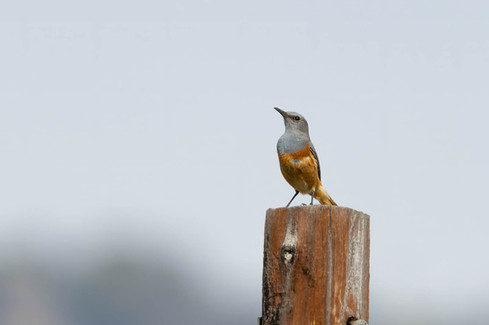








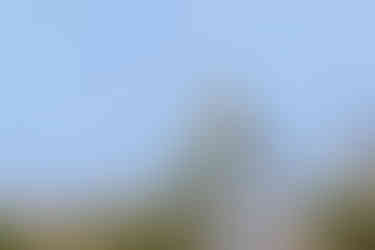













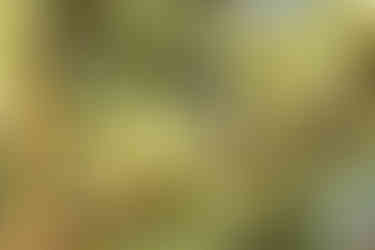













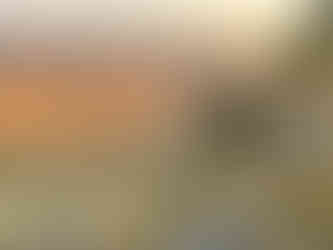







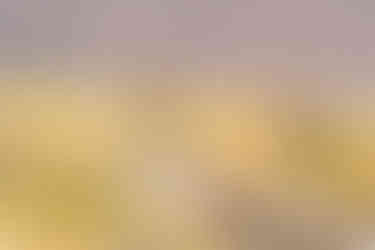







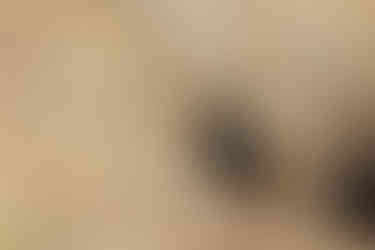

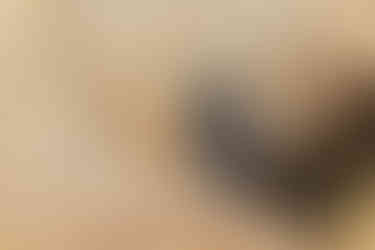




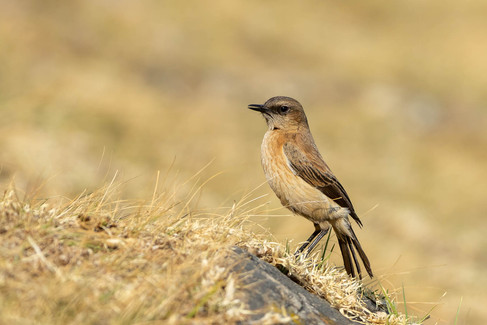











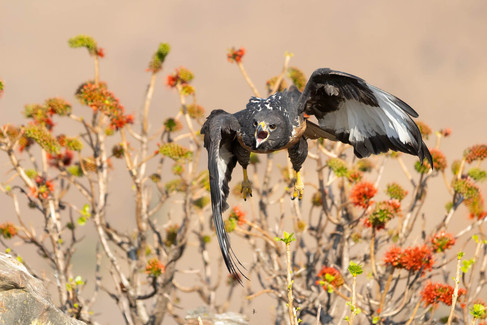


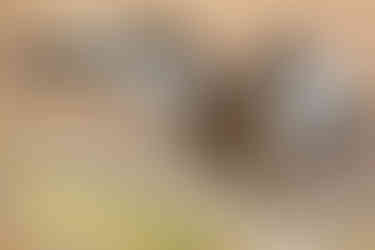




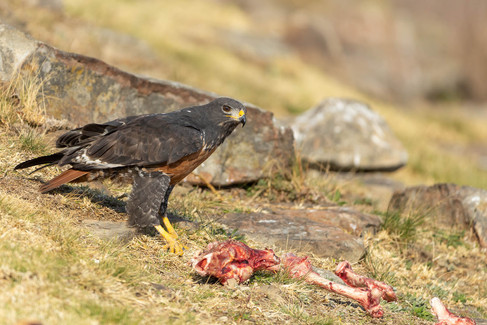






























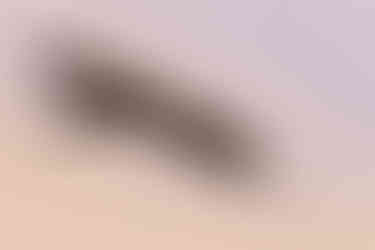






























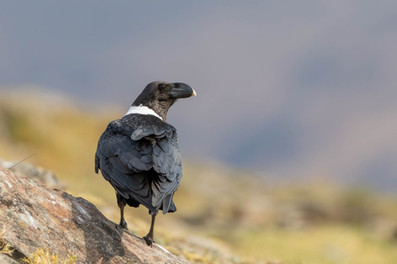













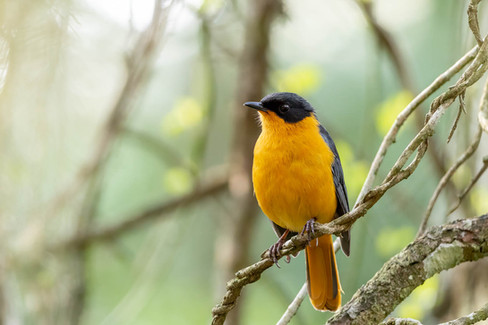









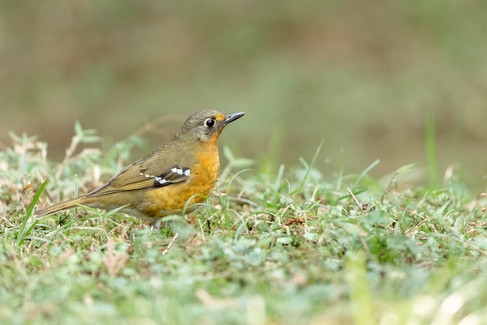

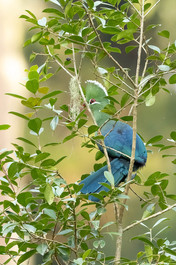
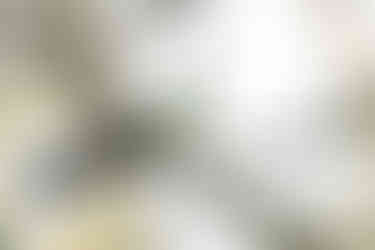

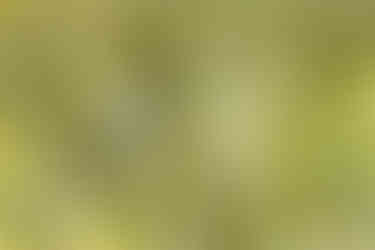









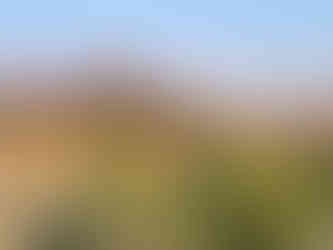



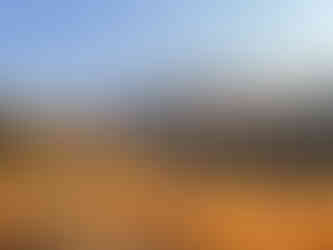






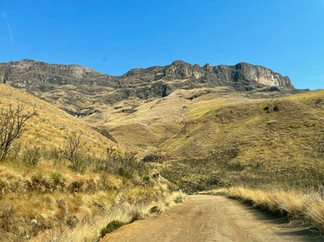


























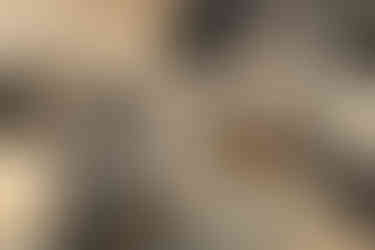



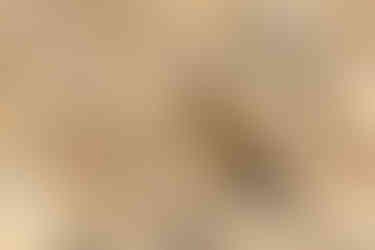

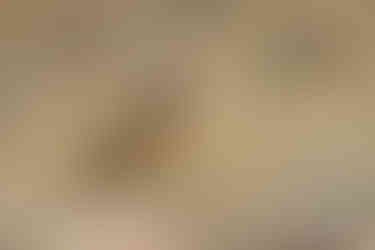

















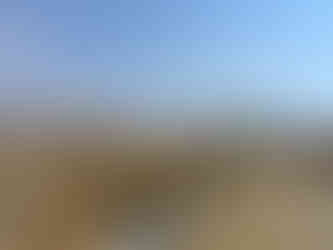



































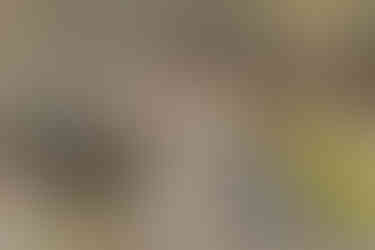




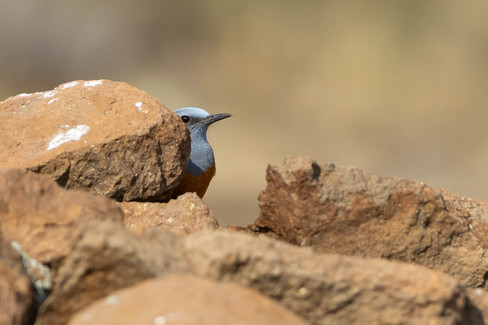







































Comments